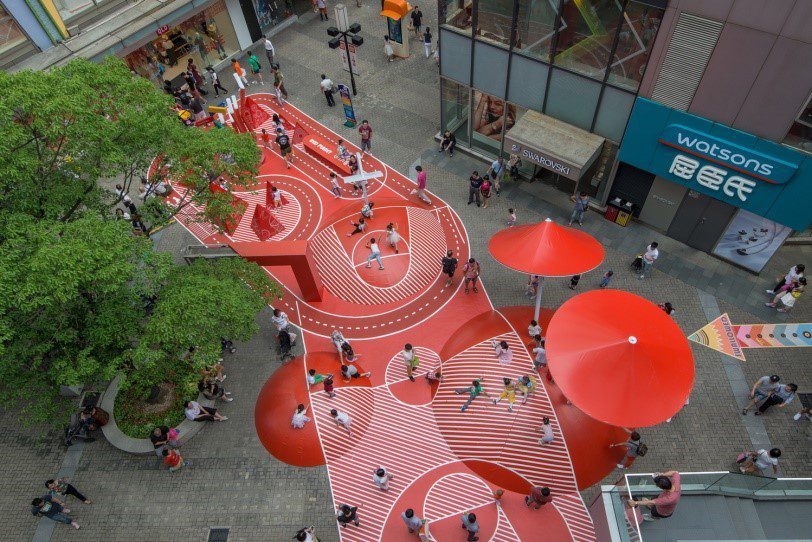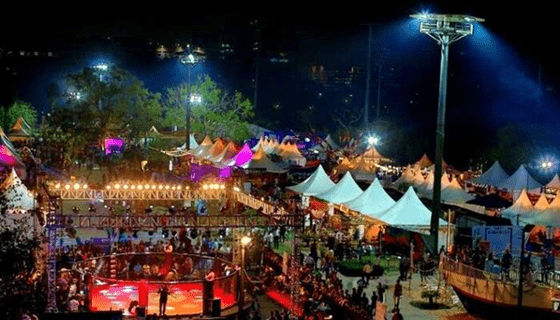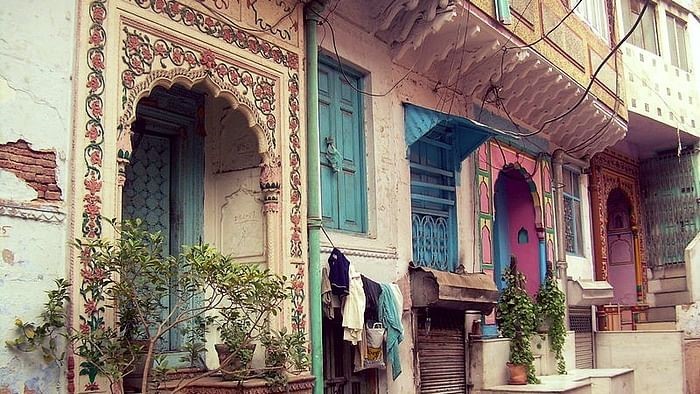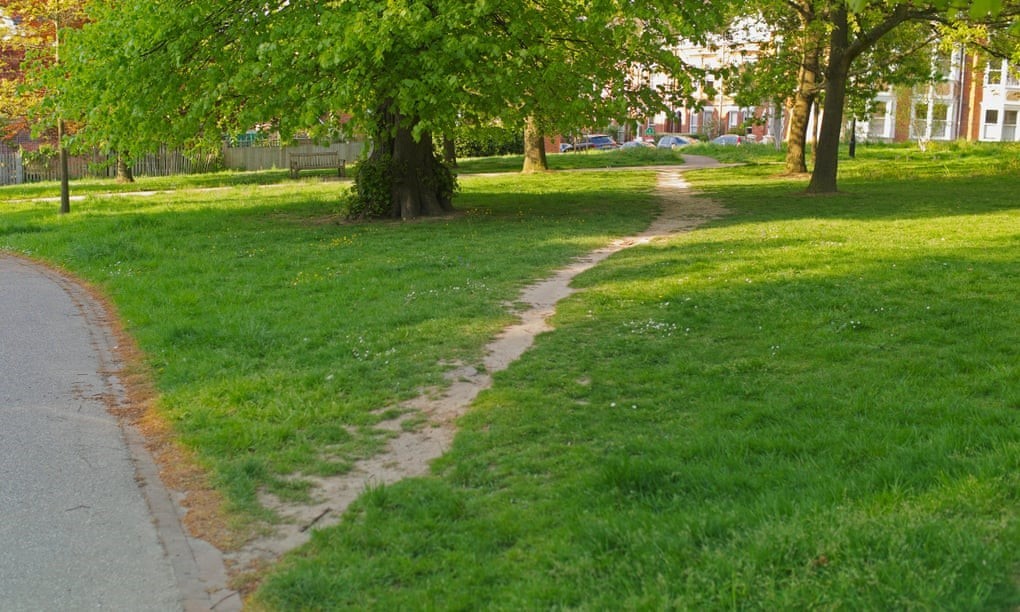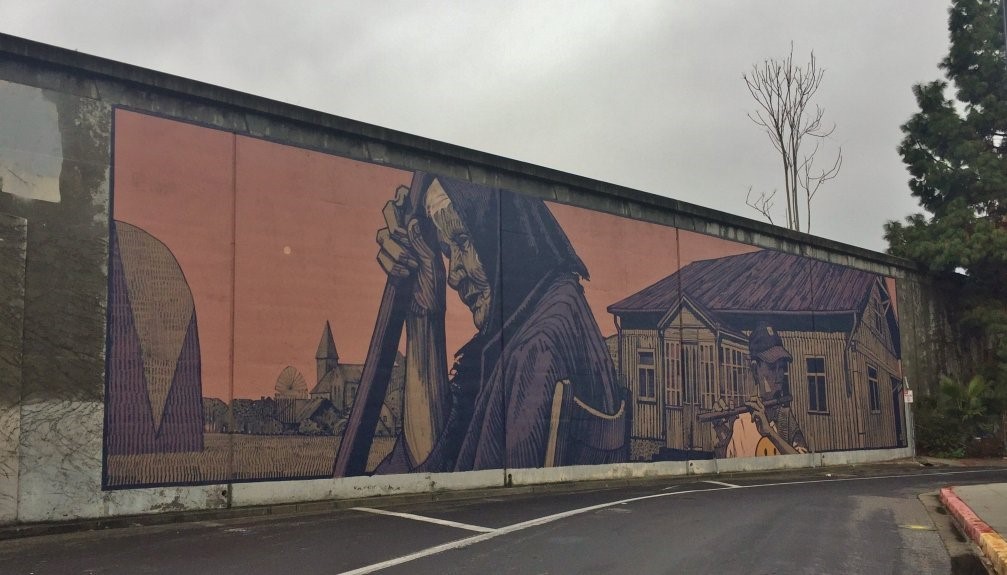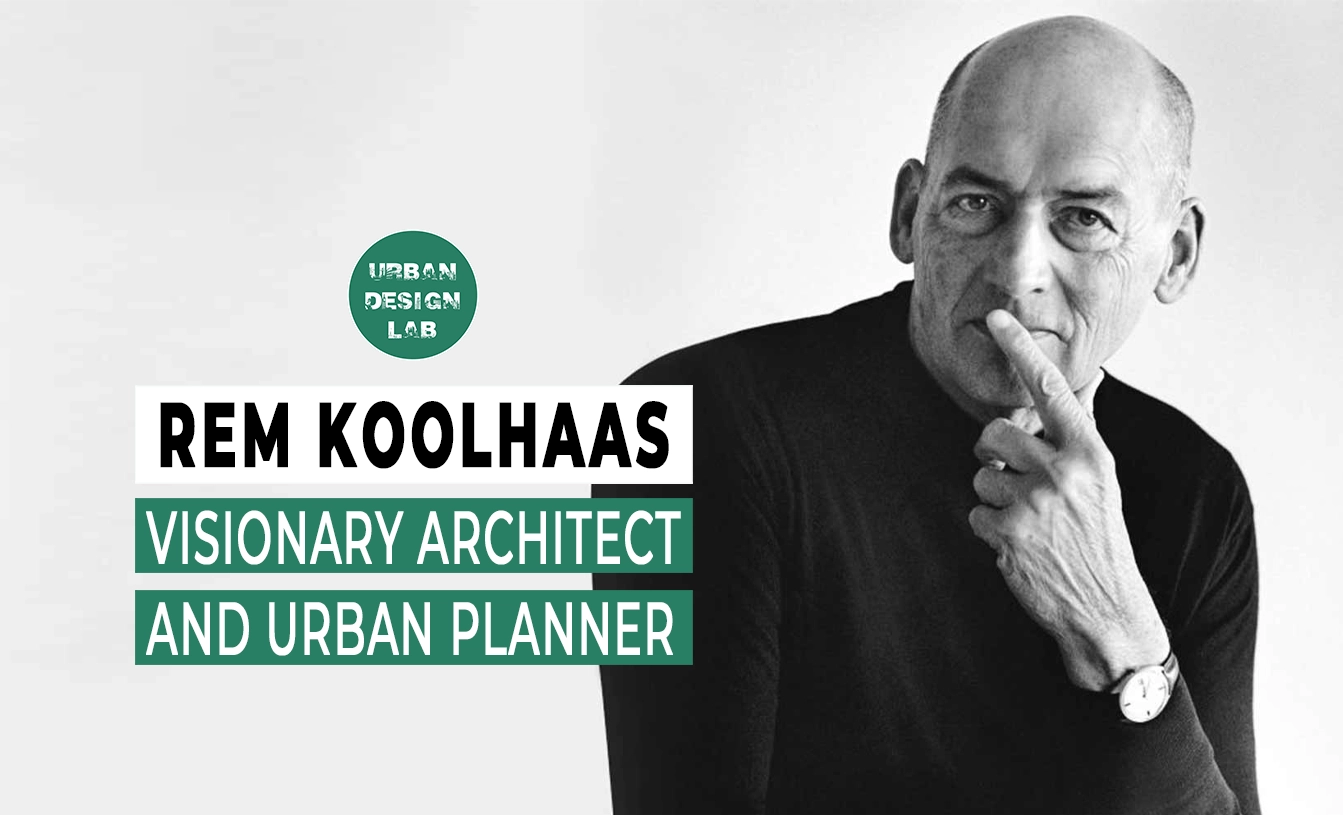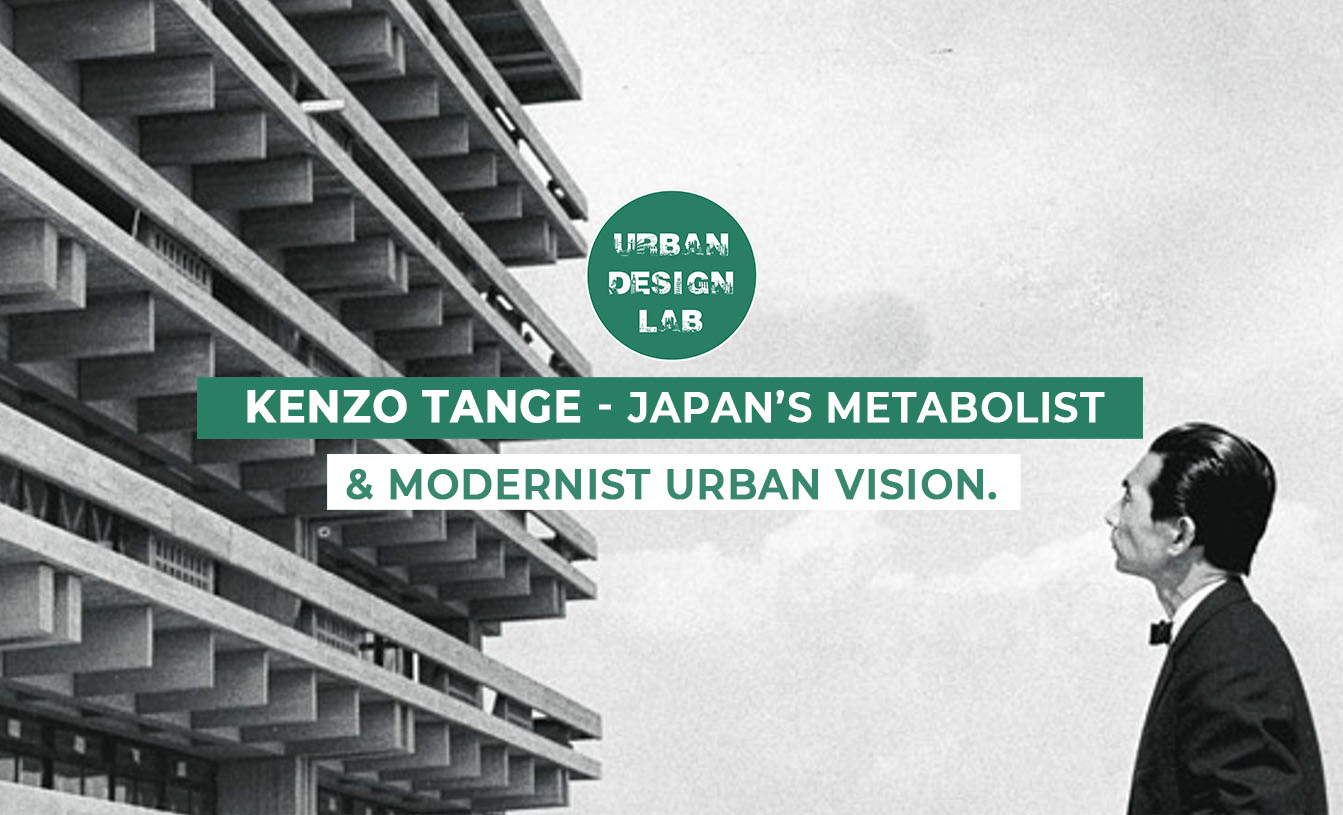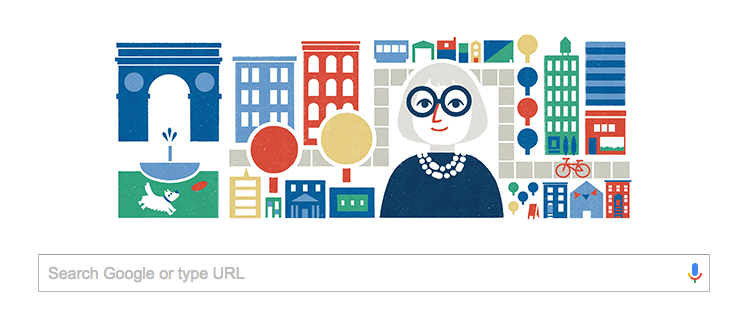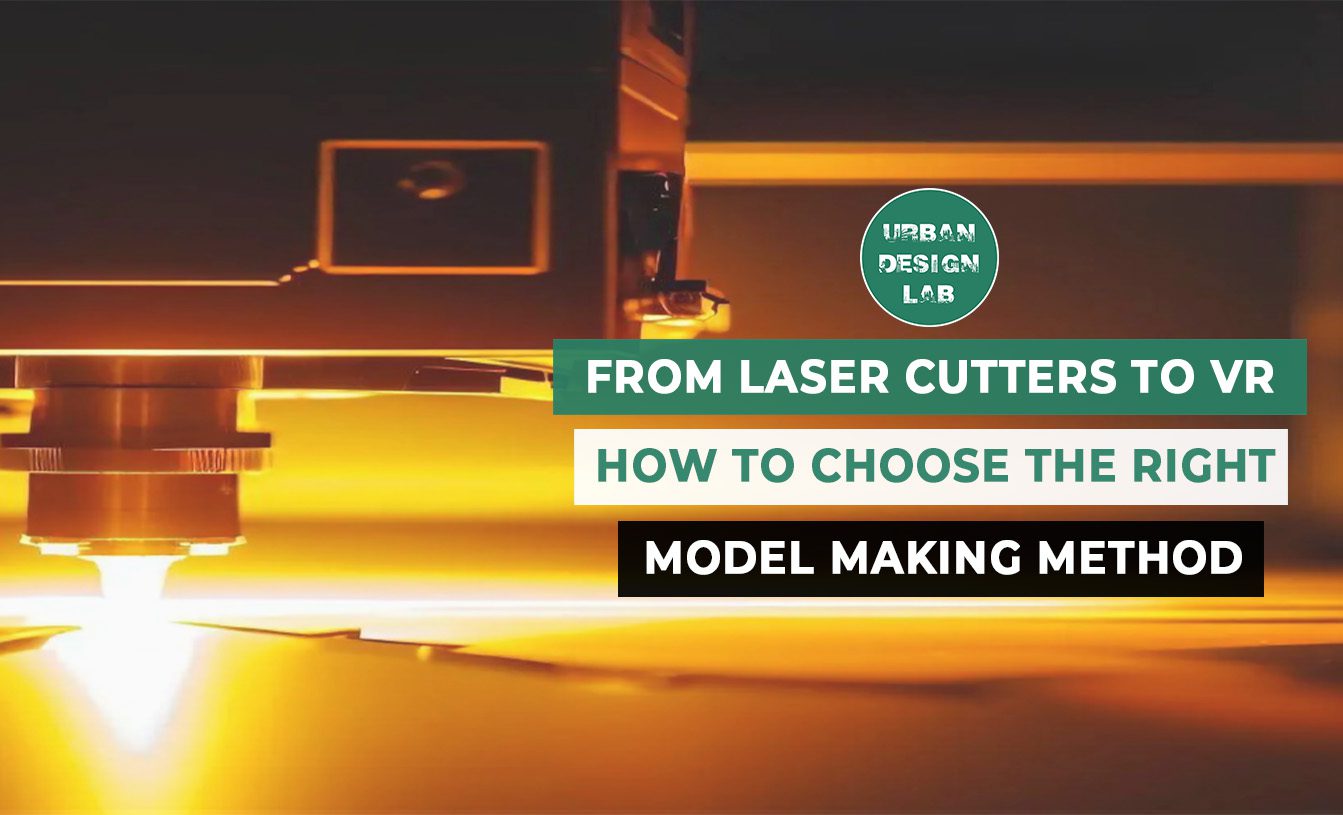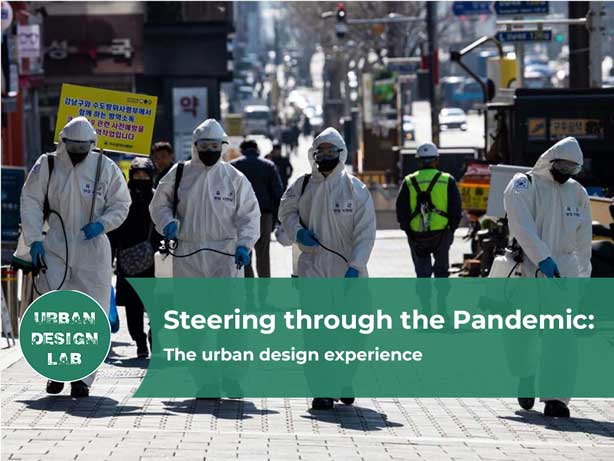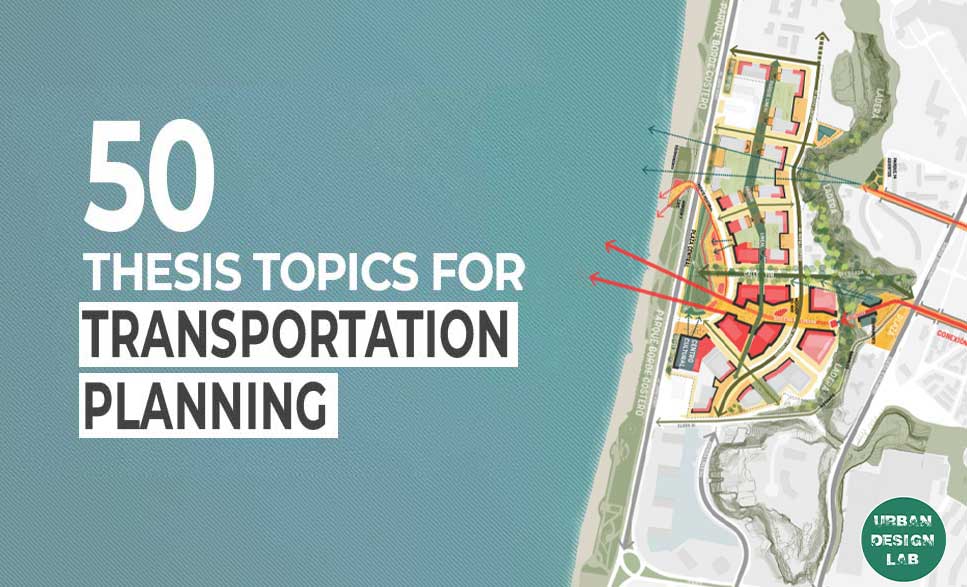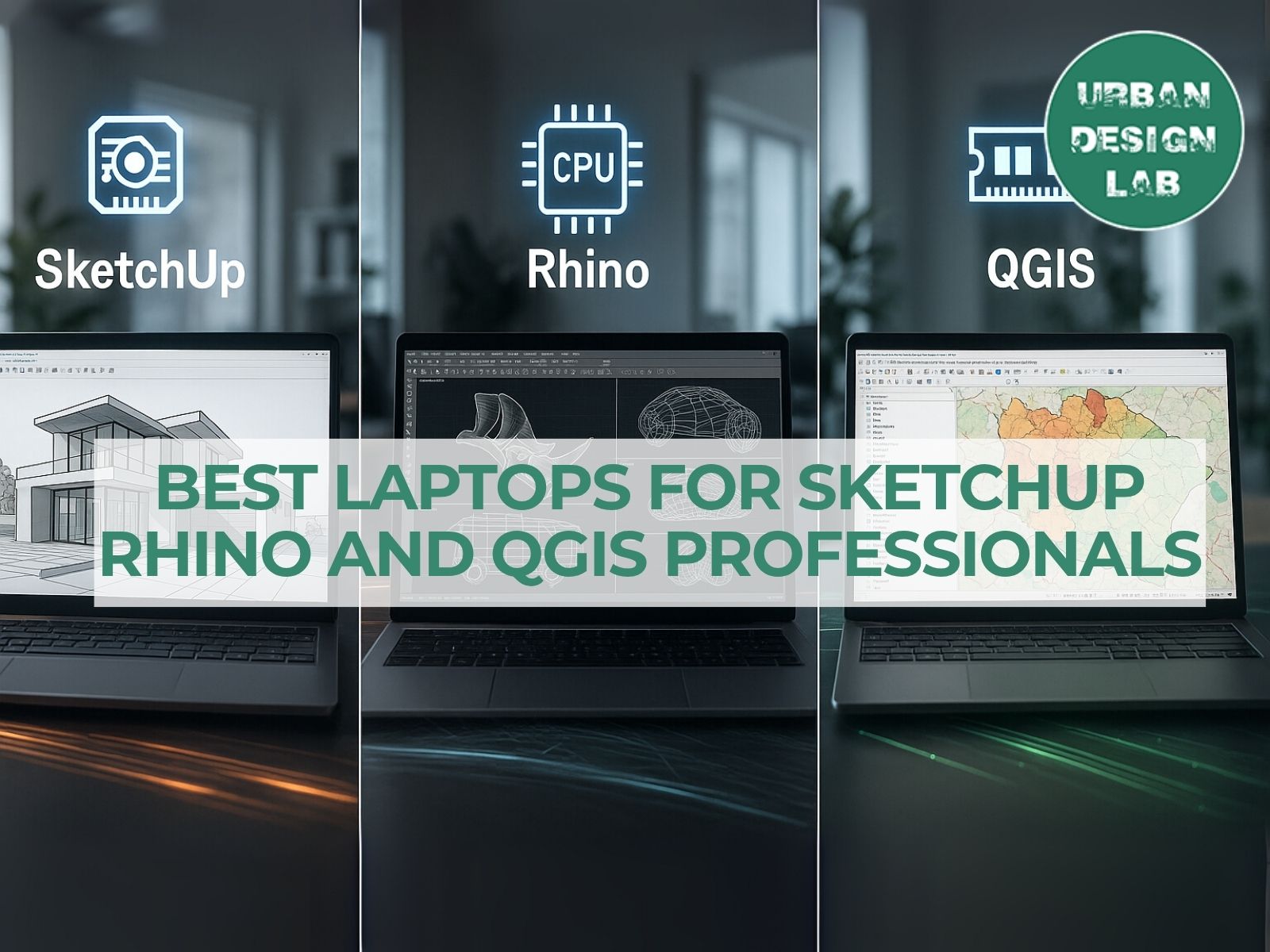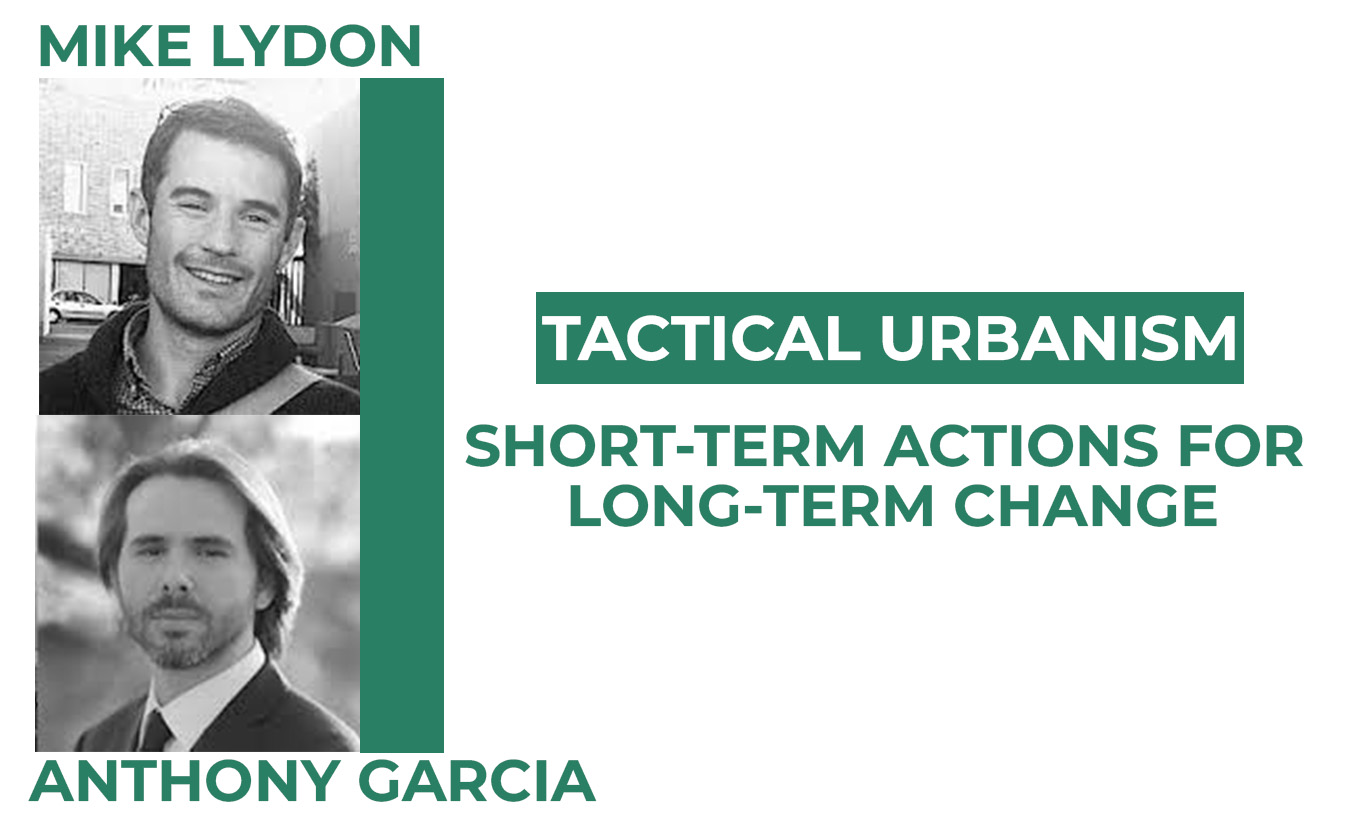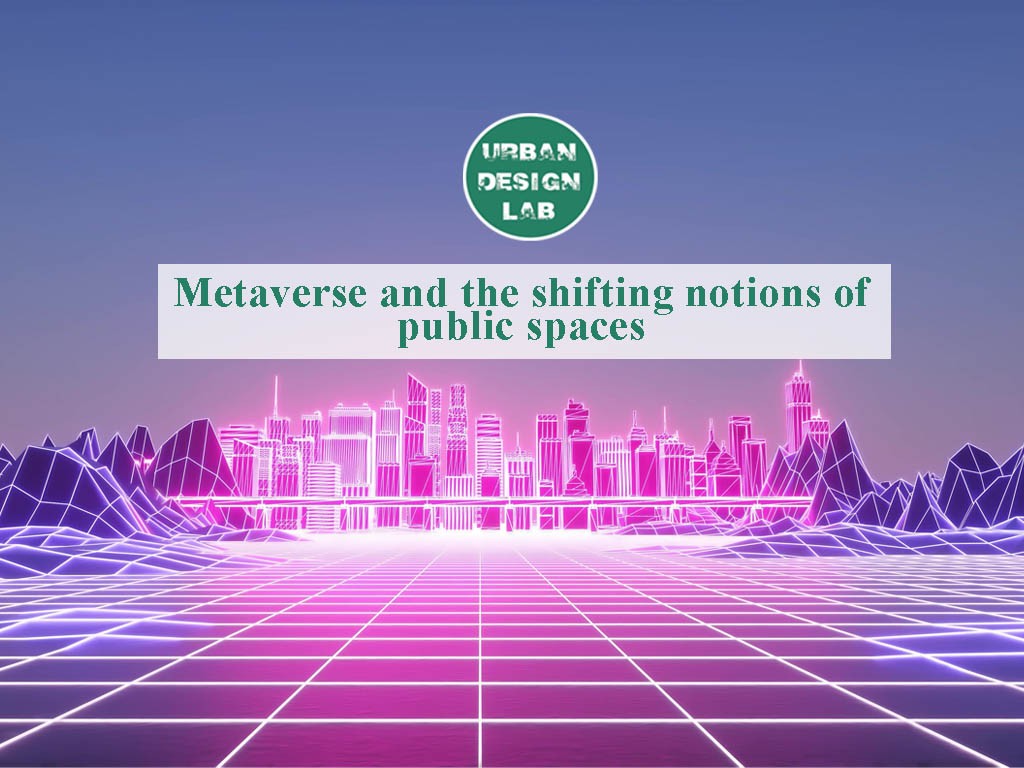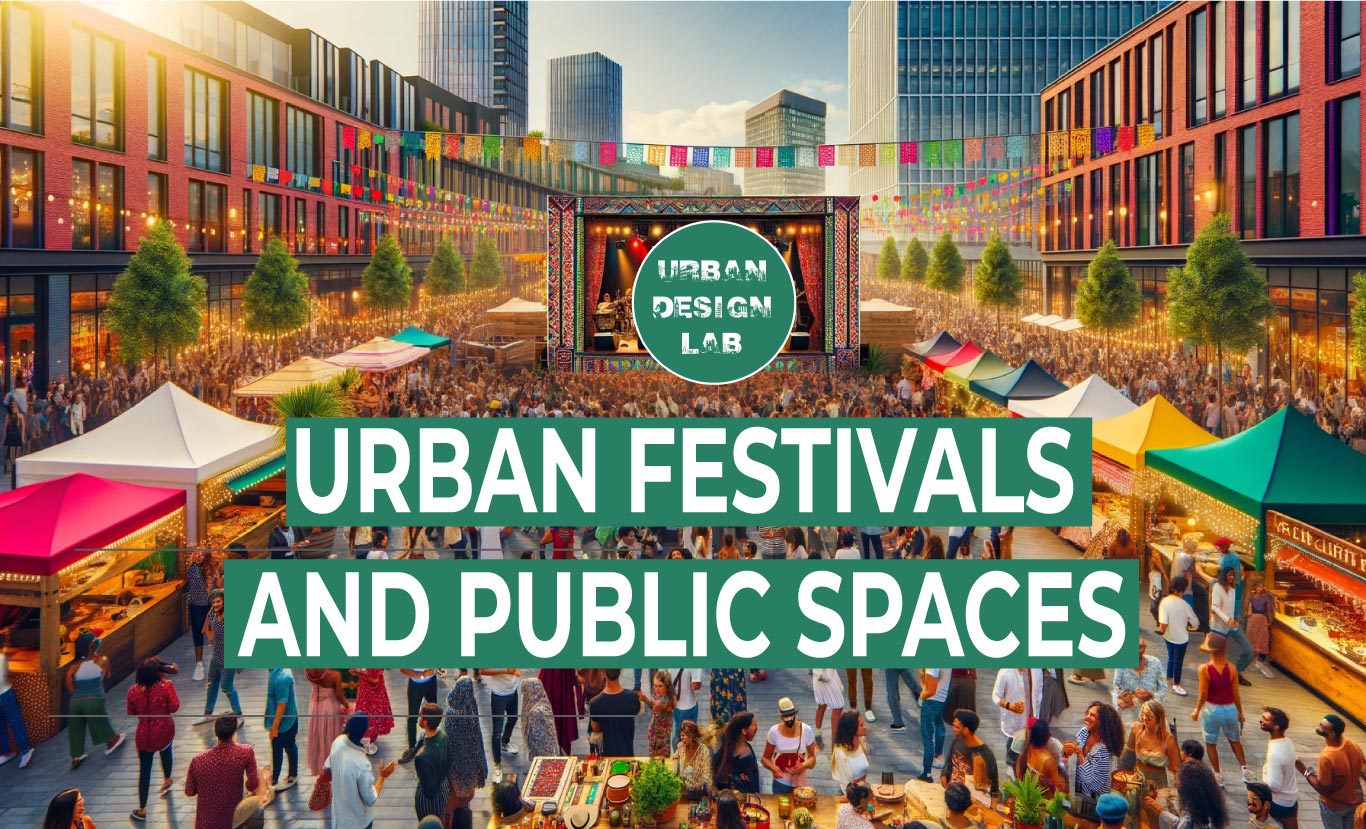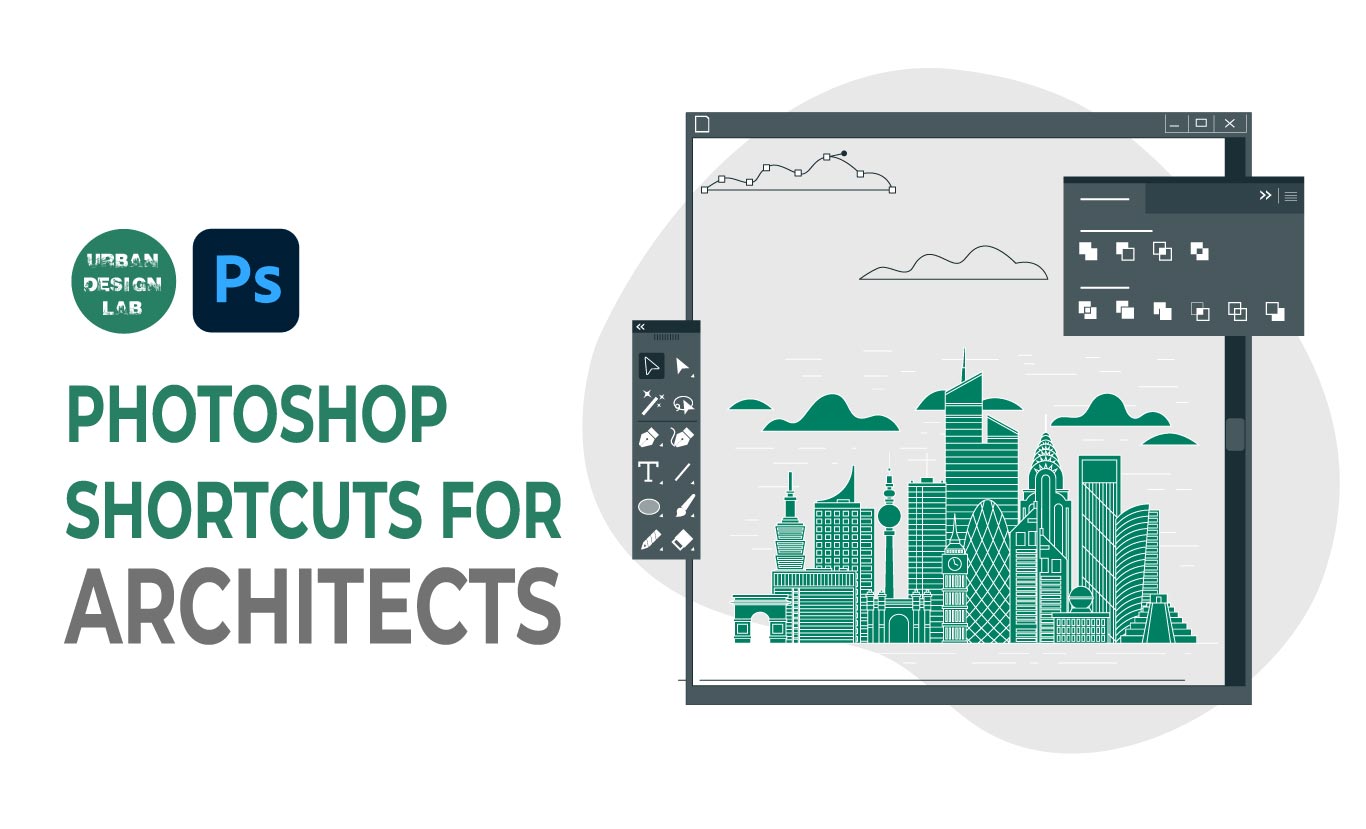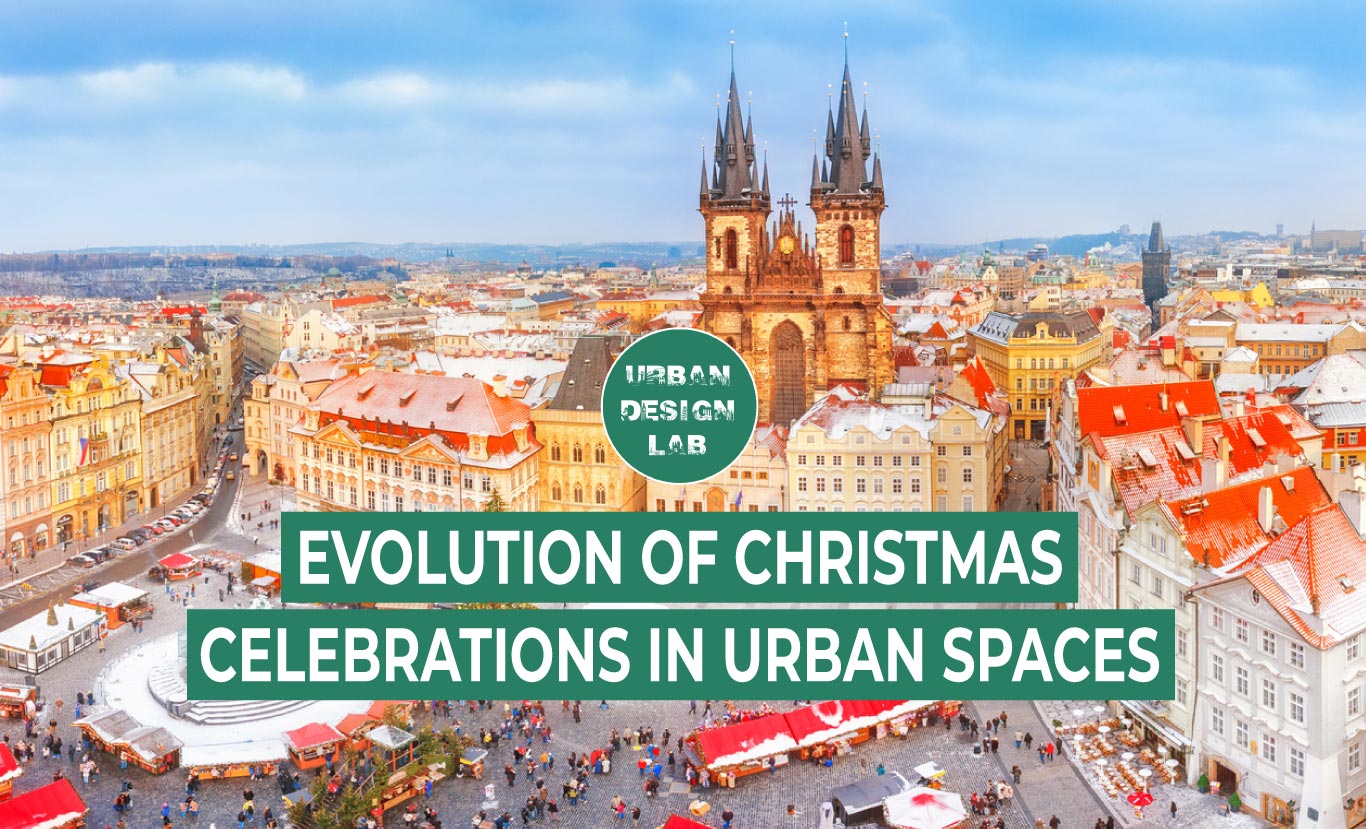
A-Z Urban Design Glossary – An Edition of the Eclipsed Terms

Urban Design is a hybrid discipline with its main principles fundamentally rooted in public and socio-economic welfare through an appropriate physical design of the environment. Given some pondering on the terminological spectrum of urban design, while terms like public realm, walkability, activity node, and legibility steal the limelight more frequently, it verily comprises a multitude of additional words and expressions that remain relatively obscure.
Here is a compilation of some of those “eclipsed” terms or urban design glossary in alphabetical order, which hold significant value in the domain of urban design, yet often remain un adopted.
1. Animation of Public Spaces –
This expression refers to the process of temporarily employing activities such as festivals, programmed events, fairs, street art, contests, etc. in order to stage urban life and vivify a particular location. As per the specific agenda, efforts are made to breathe new life into the public space in question – perhaps a street, riverbank, wasteland, brownfield site, parking lot- by participants such as artists, designers, socio-cultural activists, architects, project leaders, etc. which gives rise to urban sociability. Visual details such as green facades, flowerbeds, awnings, fountains that draw spectators with their sensory power also help in stimulation and sustenance of public activities.
2. Background Buildings –
These are the buildings that may lack significance or exemplary character but play a vital role in creating a sense of place.
Consider the case of Old Delhi, even though the locale in modern times superficially draws its popularity from significant landmarks such as the Red fort, Jama Masjid, Gurudwara Sis Ganj Sahib, it is in fact the presence of seemingly ordinary buildings along with the remnants of Mughal architecture which impart the nostalgic charm to the whole precinct.
3. Civic Heart –
This term refers to a public open space that embodies a multitude of civic uses along with similar destinations around it. The spectrum of civic uses includes recreational, cultural, educational, medical, governmental, and other serviceable applications that are rooted in public and social welfare. Iqbal Maidaan, a 200-year-old public square in the Old City area of Bhopal is a perfect example of a civic heart. It accommodates various recreational, political, and spiritual activities, with an abutting string of eating joints, street vendors, and commercial shops, that altogether create a bustling environment.
4. Desire Line –
Desire Line – It is an imaginary line that is characterized as being the shortest or most easily navigated route by pedestrians while linking two or more facilities. This informal path also attempts to avoid any clash with vehicular traffic. A desire line is usually unplanned and used in the absence of a designated alternative (for example – a paved pathway). So the next time you spot a grass surface that has been worn out due to repeated foot traffic, you’d know its designated term.
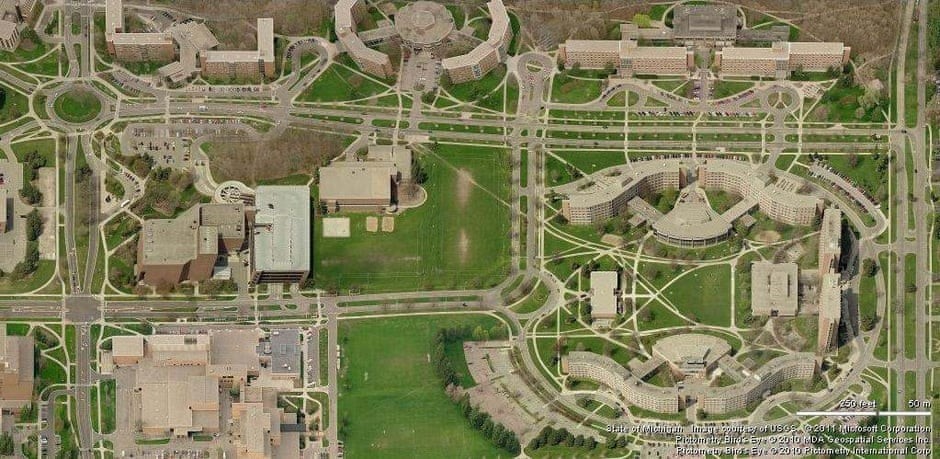
5. Enquiry by Design –
Enquiry by Design – EbD is essentially a collaborative and inclusive urban design and planning workshop for Local Area Plan preparation with the primary aim of producing positive and regenerative outcomes for the community. The stakeholders who participate in this method include local authorities, residents, developers, technical experts, landowners, NGOs and retailers, thus ensuring powerful engagement which further results in comprehensive understanding of issues, opportunities, and constraints. Although the average duration of an EbD is 2-4 days, it can also last up to a week. The EbD process has been used and implemented in countries like New Zealand, Australia, and England. Some of the case studies include Redevelopment of Bassendean Train Station, Perth and Community planning of Port Hedland.
6. Freeway Art–
Freeway Art – Also termed as speedway sculpture or kinetic art, it is basically public art that is displayed with the intention of being viewed from major roads like expressways or highways. The splashes of colour and patterns impart identity to the otherwise dull-looking structures of asphalt and concrete
7. Glocalization–
Glocalization– This term is etymologically derived from “globalization” and “localization” and typically lays emphasis on the interdependency between the local and global issues, rather than viewing the two as separate sets of problems. In the global market, this concept means that any program or product is more likely to succeed if it is adapted as per the context of the specific local area where it is to be implemented or sold. One of the standard glocal models of practice is a functional community organization that strives for inclusive networking and seeks to promote deep understanding and addressing of community needs for positive transformations
8. Heritage Dividend–
Heritage Dividend– This refers to the economic and social benefits of conserving or restoring structures and places of historical significance. For instance – Encouraging tourism can result in generating employment and income along with a revival of the historical place’s lost identity.
9. In-Curtilage Parking–
According to Black Law’s Dictionary, curtilage can be defined as “the enclosed space of ground and building immediately surrounding a dwelling-house”. Thus, in-curtilage parking typically translates to parking space within the delineated boundaries of a building’s site, instead of in a public street or space.
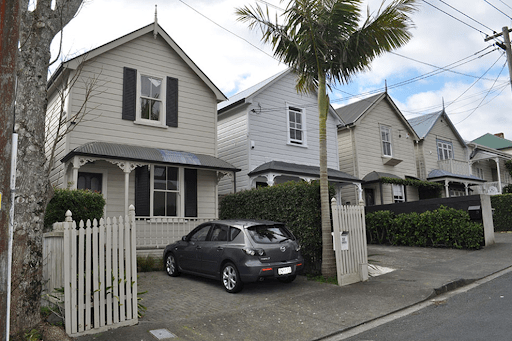
10. Ketso Toolkit–
Ketso Toolkit – The word “Ketso” “means action” in Sesotho(the language of Lesotho, South Africa, where the kit was invented). It is a hands-on reusable toolkit that enables creative engagement between a wide range of people for sharing their views.The kit includes table-top materials that can be used to gather and present all the participants’ ideas. Ketso toolkit can be used at any stage of a project – from development of a brief, designing and planning, to actual implementation of the strategies.
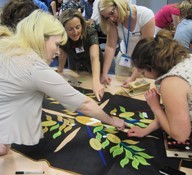
11. Leapfrog Development–
Leapfrog Development – It can be defined as the development that takes place beyond the existing boundaries of urban development, thus requiring an extension of public facilities. Leapfrog development essentially results in sprawl while leaving behind vacant parcels of intervening land where development is scheduled for at a later time.
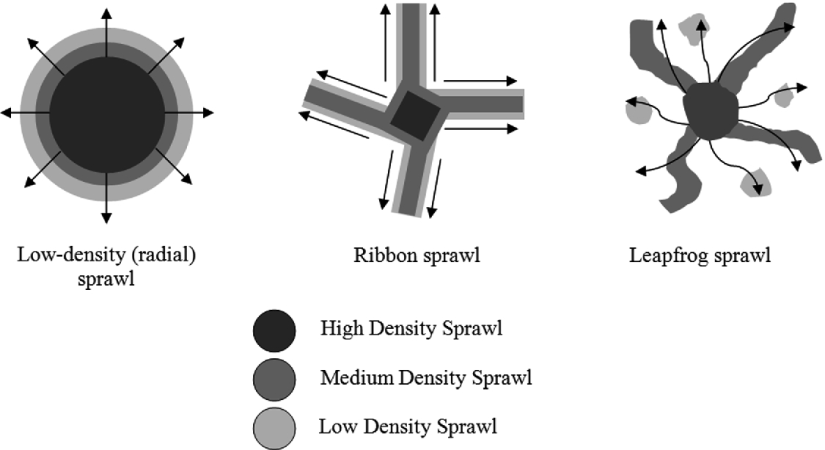
12. Mixed-Scanning–
Mixed-Scanning – In the late 196’s, Amitai Etzioni, an eminent sociologist proposed this approach for decision making in the planning process. Mixed scanning seeks to incorporate both the fundamental or strategic and detailed decisions, and advocates their overlap in order to promote holistic development. This type of scanning also involves tracking the on-ground consequences of the strategic decisions that helps in developing the capacity to switch between the general and detailed levels of thinking as per the requirement.
13. Nolli Diagram–
Nolli Diagram – The diagram is named after Giambattista Noli who made a revolutionary map of Rome in 1748 which although looked much like a conventional figure-ground map depicting mass to void relationship, however, had an added layer of information that included marking of public places which were also represented as voids. Nolli maps denote the public spaces both in and out of the building such as interiors of town halls, institutional campuses, community centers, etc. This type of diagram can facilitate deeper analysis of the use of ground floors of the buildings and provide directions for future developments for augmenting the public realm. The diagrams below is an excerpt from the Seaside Nolli Plan. The solid black masses represent the private space of the residences. Observe the pattern of the front and side porches fronting the public way and how they have been rendered as a part of the public space sequence.
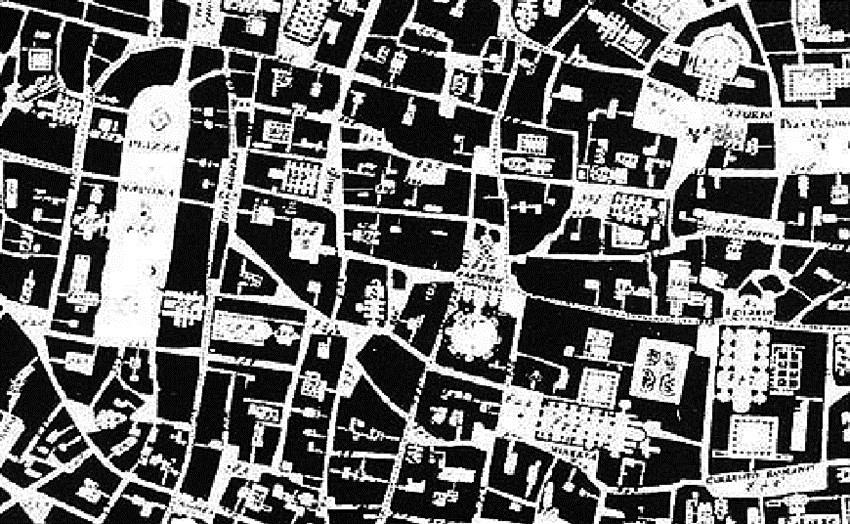
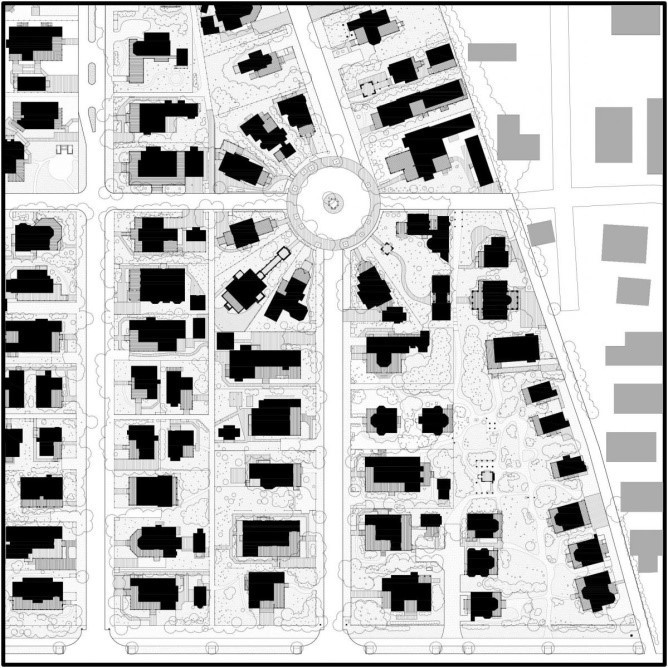
14. Outwardly Public Space – –
It is a public space that is publicly owned and generally cannot be denied access to. For example- a public park. These types of public spaces are the least contested.
15. Polychronic space –
It is defined as a space that is capable of serving discrete purposes at different times of the day. Think about a green patch of land that offers respite to office workers during lunchtime, used by kids for leisure in the evening and occupied by residents for social interactions on weekends. On the other hand, monochronic spaces account for their utilization only for a specific duration of time throughout the day as they can offer only singular types of uses.
16. Quasi Public Space –
Although regarded as public spaces, these spaces are in fact privately owned and can easily deny access. They are also commonly termed Privately-owned public spaces. In the face of it, they may seem open but are actually only made available to the public based on certain conditions. For instance – a shopping mall, pub.
17. Robot Highway –
It can be described as a roadway or tunnel that is constructed for automated movement of freight. Robot vehicles need not adhere to human scale and they can be just sizeable enough to carry a single package (the average width of a home delivery package is up to 1 meter). Robot highways are being considered as sustainable alternatives that can potentially reduce the load on current road infrastructure and fulfill the shipping needs of a city at high speed with minimum noise pollution and zero emissions.
Perhaps, it may look something like this – https://www.youtube.com/watch?v=eoAx2rxuLao
18. Synoecism –
The process in which multiple communities collectively gather to form a single entity is
called synoecism. This unification concept of various small towns or villages was initiated in Ancient Greece, which resulted in the formation of city-states such as Sparta, Corith and Thebes through political alliances with the neighboring villages.
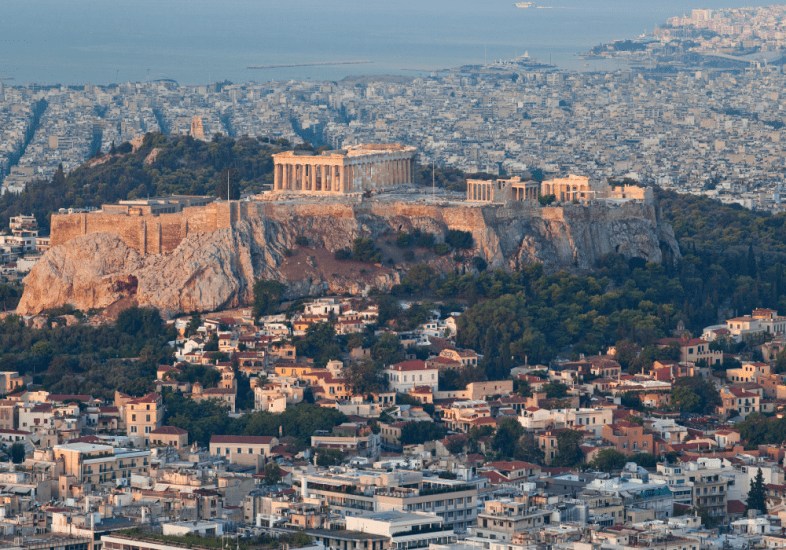
19. Trivium –
The Latin word “trivium” etymologically translates to “the place where three roads meet”
(tri/three+via). The three roads are essentially radial in nature and their intersection point is usually a
public square.
A classic example of a trivium is the Piazza del Popolo in Rome.
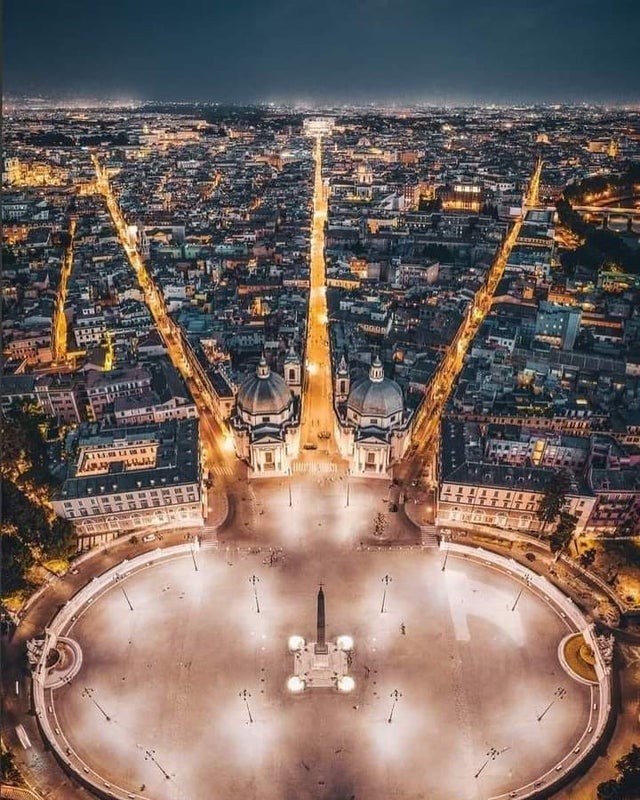
20. Urban Village –
A rather oxymoronic term, urban village is a type of development that is characterized by mixed-use zoning, medium-density housing, and a good system of public transit. The ideals of an urban village lay emphasis on pedestrianization and the public realm while primarily envisioning livability, sustainability and affordability. This concept is indigenous to Britain, where it was formally adopted in the late 1980s with the inception of the Urban Villages Group (UVG)
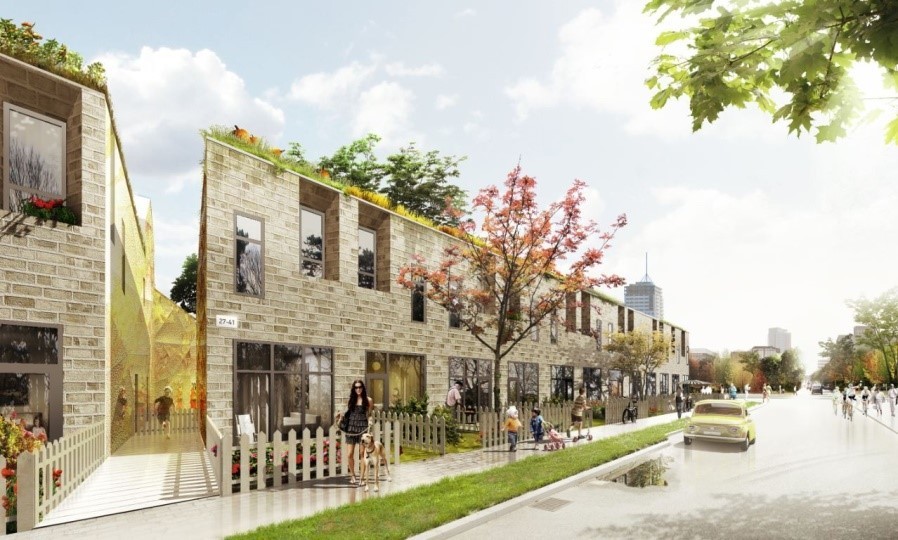
21. Vasectomy Zoning –
This term refers to the zoning laws and policies that do not accommodate the presence of children. These kinds of restrictive measures tie down the choices for families who want to reside in communities that offer good quality of life and education. Severe imposition of these policies can result in childless cities.
22. Wildlife Corridor –
Also known as habitat corridor or green corridor, it is a strip of land that is conserved
and managed for connecting extensive wildlife habitats. This area is distinctively segregated from human activities and structures to allow the unperturbed flourishing of biodiversity. Wildlife corridors hold the potential to neutralize the negative effects of urbanization that more often than not result in fragmentation of habitat areas, leading to loss of natural habitats of the animals.
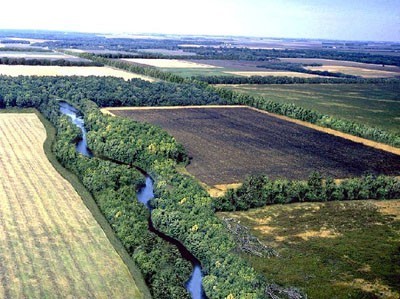
23. Youth Inclusion Program –
It is a neighborhood-based initiative that fundamentally aims at reducing youth crime rate and anti-social behavior. The program achieves its objectives by creating a safe place that encourages participation in various activities, acquisition of new skills, and provides educational support. YIP has been operational in countries like England and Canada since the last decade.
24. Zeitgeist –
The word Zeitgeist translates to “spirit of the age”. In the Urban design context, it refers to the adaptation of design elements and style while shaping certain precincts of a city that are representative of their respective zeitgeists.
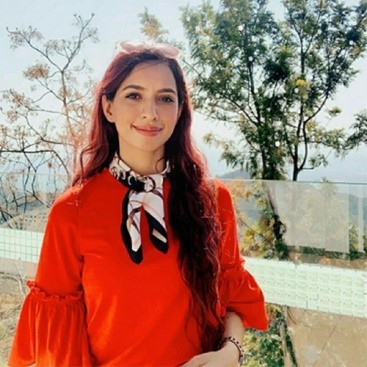
Mehar Deep Kaur
About the Author
An Architect and Urban Designer by qualification. Her enthrallment for research and academics has led her to become an assistant professor in various departments of design in renowned universities. Besides pedagogy and research, Mehar’s motley of interests includes traveling, playing basketball, endurance running, zentangle art, fashion, and eclectic reading.
Author: Mehar Deep Kaur
Program: Urban Design
Publisher: Urban design Lab
Year: 2022
Related articles


Architecture Professional Degree Delisting: Explained

Periodic Table for Urban Design and Planning Elements


History of Urban Planning in India
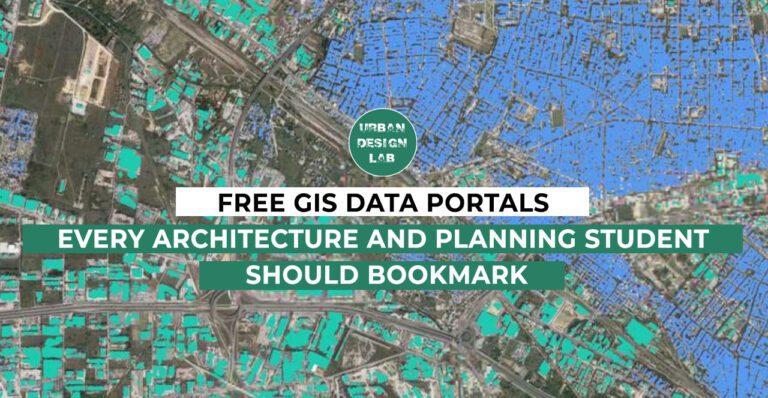
UDL Illustrator
Masterclass
Visualising Urban and Architecture Diagrams
Session Dates
17th-18th January 2026

Urban Design Lab
Be the part of our Network
Stay updated on workshops, design tools, and calls for collaboration
Curating the best graduate thesis project globally!

Free E-Book
From thesis to Portfolio
A Guide to Convert Academic Work into a Professional Portfolio”
Recent Posts
- Article Posted:
- Article Posted:
- Article Posted:
- Article Posted:
- Article Posted:
- Article Posted:
- Article Posted:
- Article Posted:
- Article Posted:
- Article Posted:
- Article Posted:
- Article Posted:
- Article Posted:
Sign up for our Newsletter
“Let’s explore the new avenues of Urban environment together “


